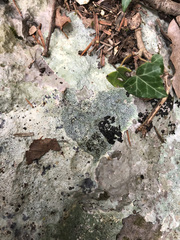Amanitina

Fungi Amanitina, commonly referred to as Amanita fungi, is a notable genus found in the forests and woodlands of the Comunidad Valenciana. This genus is part of a diverse group of fungi known for their distinctive characteristics and ecological roles.
Characteristics:
- Appearance: Amanita fungi are typically easily recognizable by their umbrella-like caps, which can vary in color from white to vibrant reds and oranges.
- Gills: They possess white or pale gills that are free from the stem.
- Stem: The stem usually features a ring and a bulbous base, sometimes with a volva (a sac-like structure at the base).
- Spore Print: The spore print of Amanita species is usually white.
Ecological Role:
Amanitina species are predominantly mycorrhizal, meaning they form symbiotic relationships with trees and other plants, aiding in nutrient exchange and contributing to the health of woodland ecosystems.
Warnings:
It is essential to exercise caution with Amanita fungi, as many species within this genus are toxic and potentially lethal if ingested. The infamous Amanita phalloides or "death cap" is an example of a deadly mushroom in this group. Identification should only be performed by experts due to the high risk of poisoning.
Locally in the Comunidad Valenciana, Amanita fungi may be referred to as "agáricos," but the term is also used for other types of mushrooms, so precision in identification is critical.






